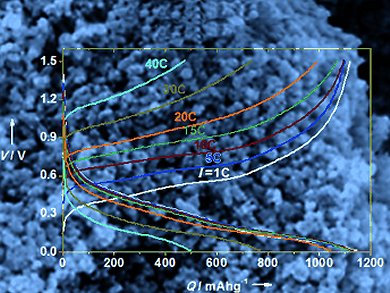This issue’s overview articles are fully devoted to hydrogen abstraction. In a Review, S. Shaik and co-authors explain reactivity patterns by using the valence bond diagram model, and in a Minireview, H. Schwarz et al. discuss thermal hydrogen-atom transfer from methane with gaseous oxo clusters. Helmut Schwarz is interviewed by K. Zeitler in an Author Profile. The Highlights deal with the synthesis of aziridines (N. Jung and S. Bräse) and triatomic, highly reactive molecules such as OPN, SPN, and SiS2 (H.-J. Himmel and G. Linti).
In the Communications section, M. Fridman et al. report on the synthesis of amphiphilic analogues of tobramycin with potent antibacterial activity against tobramycin-resistant bacteria. A. Osuka et al. succeeded in the synthesis of a meso-free subporphyrin and its conversion into a meso-brominated subporphyrin. K. Roger and B. Cabane explain why hydrophobic/water interfaces are negatively charged. J. Cho et al. present a self-assembled germanium/carbon nanostructure as a high-power anode material for lithium-ion batteries (see picture).
Image: © Wiley-VCH


